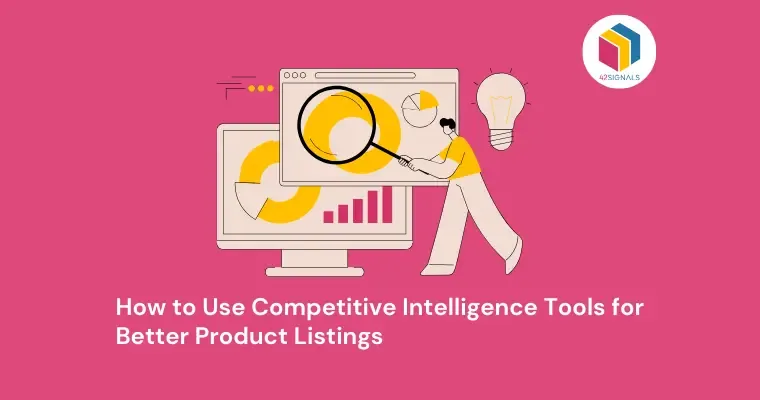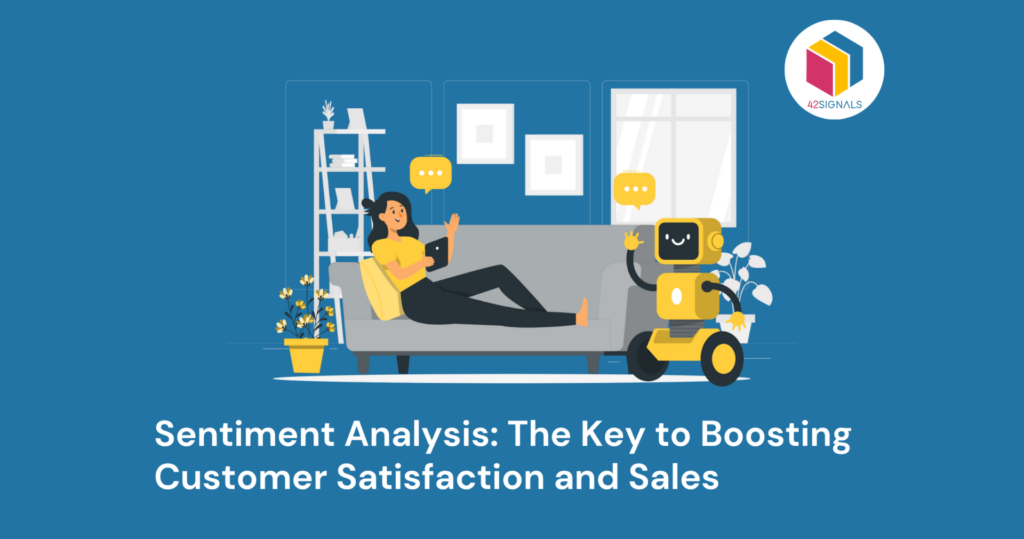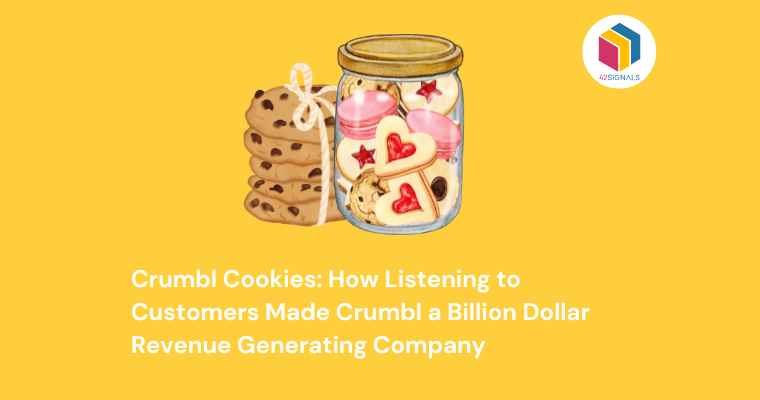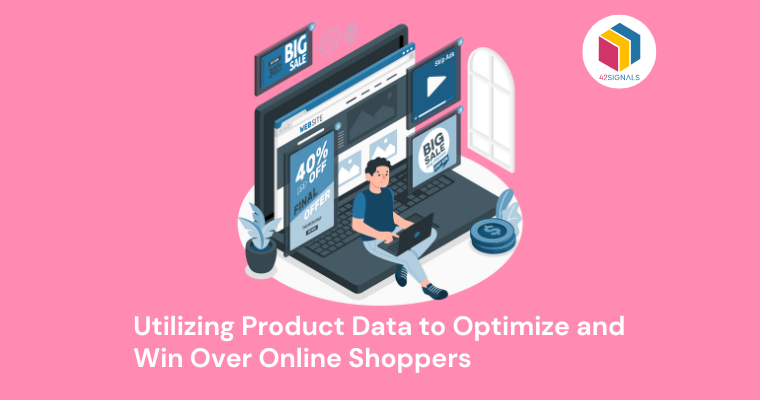In today’s fiercely competitive e-commerce landscape, standing out with superior product listings is not just an advantage; it’s a necessity. The key to crafting these compelling listings lies in leveraging competitive intelligence (CI) tools effectively. These powerful tools offer insights into competitors’ strategies, consumer behavior, and market trends, enabling businesses to refine their product offerings dynamically. Let’s dive into how competitive intelligence tools can transform your product listings.
Understanding Competitive Intelligence Tools
Competitive intelligence tools are software solutions that gather, analyze, and interpret data related to competitors’ operations, strategies, and customer feedback. They monitor a range of sources, including but not limited to, competitor websites, social media, customer reviews, and pricing databases. The insights gained from these tools can inform various strategic decisions, from pricing adjustments to enhanced product features and optimized marketing messages.
Crafting Superior Product Listings with CI Insights
Step into Your Competitors’ Shoes
Imagine knowing exactly what makes your competitors’ product listings click. Competitive intelligence tools can dissect their successes and shortcomings, offering you a playbook of what to emulate and what to avoid. For instance, if a competitor’s eco-friendly packaging seems to resonate well with customers, consider how you can incorporate sustainability into your own offerings and highlight it in your product listings.
Tune into Your Customers’ Voice
The beauty of competitive intelligence tools lies in their ability to aggregate and analyze vast amounts of customer feedback across the web. This is a goldmine of insights! By understanding customer sentiments towards competitors’ products, you can fine-tune your listings to better speak to the desires and concerns of your target audience. Highlight features or benefits that customers feel are missing in other products, making your offerings stand out as the superior choice.
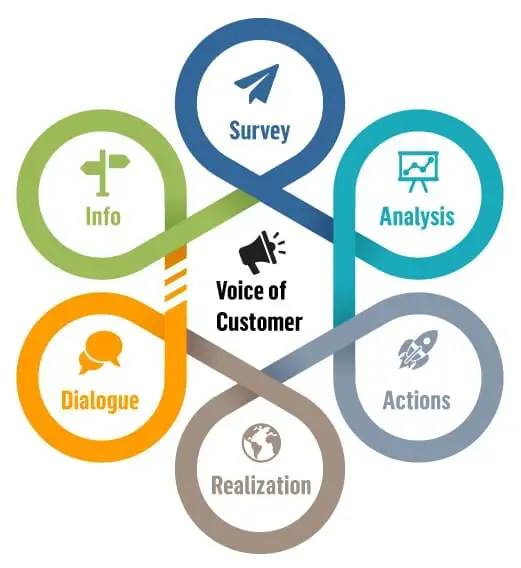
Pricing It Right
One of the most dynamic aspects of any product listing is the price. Competitive intelligence tools enable you to keep a pulse on the pricing trends within your niche, ensuring you’re always positioned competitively. Whether it’s adopting a premium pricing strategy to highlight superior quality or offering unbeatable value, the key is to make your pricing strategy clear and compelling in your listings.

Source: Brandly360
Real-World Inspirations: The Airbnb Revolution Through Competitive Intelligence Insights
When Airbnb first entered the market, it wasn’t just up against traditional hotel chains; it was challenging the very foundation of the hospitality industry. To carve out its niche, Airbnb turned to insights that could be gleaned from Competitive Intelligence (CI) tools, effectively transforming these insights into a revolutionary business model and product (listing) strategy.
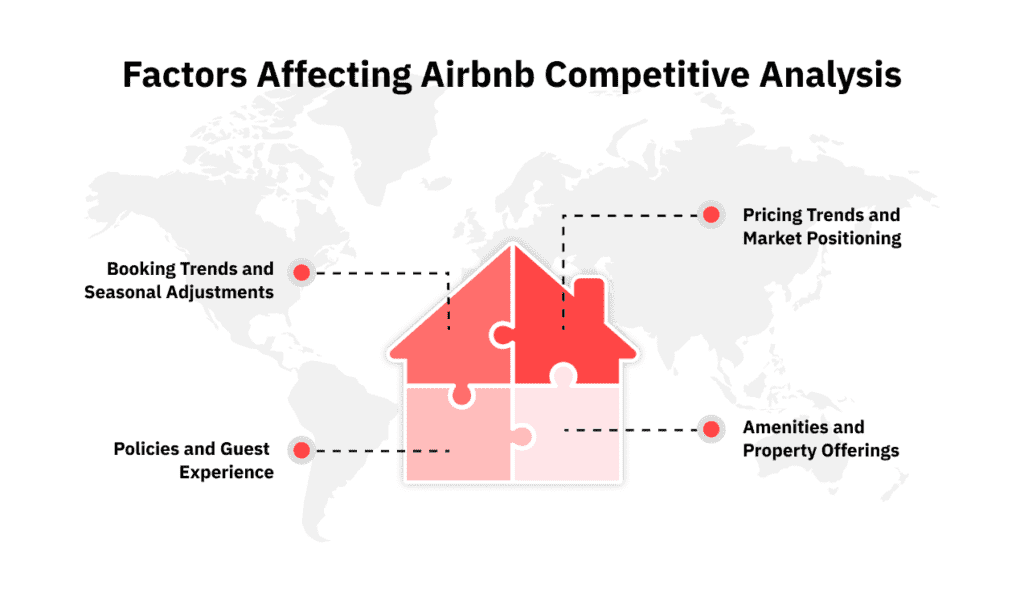
Source: Pricelabs
Leveraging CI tools, Airbnb could identify key themes and trends across various platforms, including the desire for local experiences, the importance of user-generated content, and the emerging culture of sharing economy. These insights were goldmines, informing how Airbnb designed its platform, from the user interface to the kind of listings it encouraged hosts to post. Moreover, Airbnb used CI insights to understand the pricing strategies of hotels in various locations, allowing them to advise hosts on competitive pricing.
Airbnb’s story is a testament to how effectively harnessing Competitive Intelligence can lead to disruptive innovation. By staying attuned to market trends, competitor strategies, and consumer desires through CI insights, Airbnb was able to challenge industry norms and redefine what travelers expect from their accommodations. This strategic approach to CI has not only facilitated Airbnb’s explosive growth but has also permanently altered the landscape of global travel.
Implementing CI for Your Listings: A Step-by-Step Guide
- Start with a CI Tool: Use CI tools to gather comprehensive data on your competitors’ product listings, focusing on aspects like keywords, pricing, and customer feedback.
- Analyze and Adapt: Look for patterns in what customers praise or criticize. Tailor your listings to mirror the positives and address the negatives.
- Highlight Your Differentiators: Use the insights to draw attention to what sets your product apart. Be it quality, price, or an innovative feature, make sure it’s front and center.
- Keep the Pulse on Pricing: Regularly update your pricing strategy based on competitive insights, ensuring your listings remain attractive and competitive.
- Iterate and Evolve: The digital marketplace is ever-changing. Continuously use CI to refine and update your listings, keeping them fresh and relevant.
In Conclusion
Using Competitive Intelligence tools to enhance your product listings is not just about keeping up with the competition; it’s about staying one step ahead. It’s a powerful strategy to not only make your products more visible and attractive but also to deeply connect with your customers, addressing their needs and desires in ways that your competitors haven’t yet imagined.
Ready to outshine your competitors and captivate your market? 42Signals is your key to unlocking deep competitive insights and transforming your product listings, marketing strategies, and overall business approach. Get in touch today at sales@42signals.com

